The use of activated carbon technology for solvent recovery is very common, cost-effective, and reliable.
As everyone knows, activated carbon has a strong ability to adsorb VOCs (Volatile Organic Compounds). For example, in the case of butane, 4mm coal-based cylindrical activated carbon with moderate adsorption capacity can achieve an adsorption value of about 20% of its own weight. However, despite the strong adsorption capacity of activated carbon, its high unit price makes it suitable only for low-concentration and low-volume VOC treatment if used only once.
In the field of solvent recovery, it is evident that the consumption of solvents is substantial, indicating the need for recovery. In such cases, the principle of the reversibility of activated carbon adsorption is utilized. Reversibility mainly refers to physical adsorption, and highly volatile solvents have relatively small molecular weights and low boiling points, resulting in weaker binding forces with activated carbon. Therefore, the desorption temperature of activated carbon is relatively low.
Solvent recovery systems generally consist of two or more carbon columns filled with coal-based cylindrical activated carbon. Taking two carbon columns as an example, while one activated carbon column is in the adsorption phase, the other is undergoing desorption. So, how is the desorption process carried out?
There are two methods for desorption: vacuum desorption and hot air purging desorption. Both methods are highly efficient. With reasonable design, the desorption rate can reach over 99%. However, since solvents are not 100% pure, some high molecular weight or structurally different volatile substances may not desorb under the designed conditions, gradually occupying the working capacity of the activated carbon over time. High-quality cylindrical activated carbon can achieve a service life of 3-5 years under designed conditions, after which it needs to be replaced.
If the quality of the selected activated carbon is poor, its service life may be shortened.
Additionally, for certain special solvents like acetone, highly pure coconut shell activated carbon is required. Using coal-based cylindrical activated carbon can easily react with acetone to form other substances.

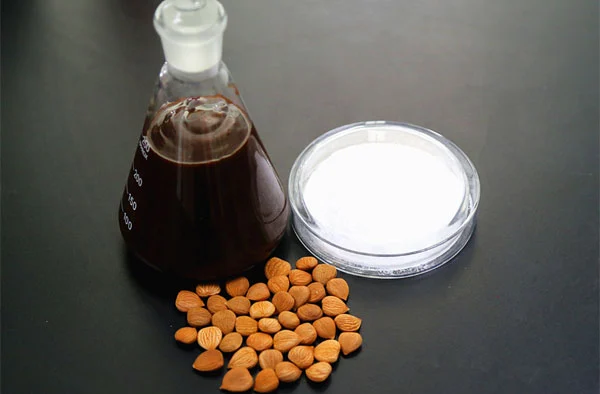

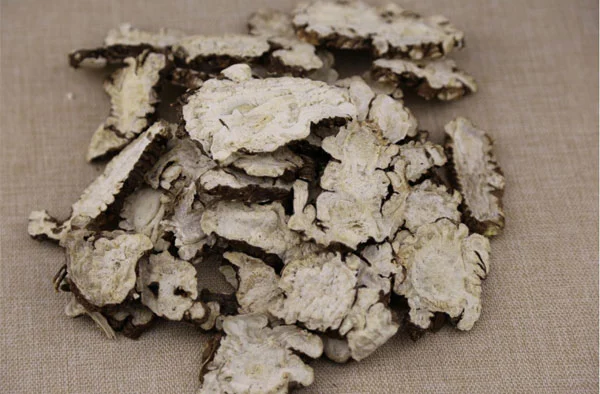
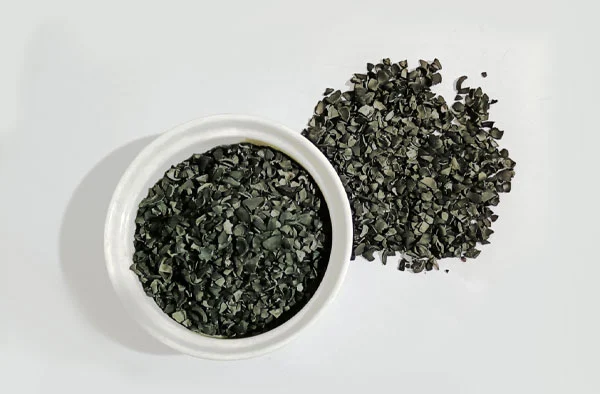


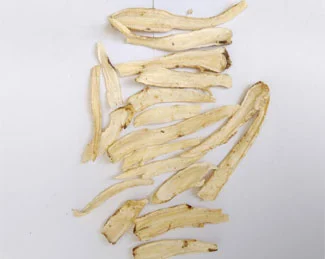

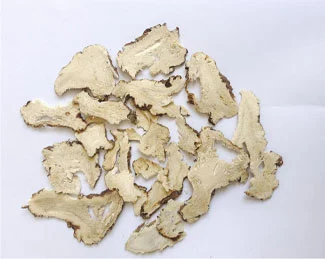
 Products
Products